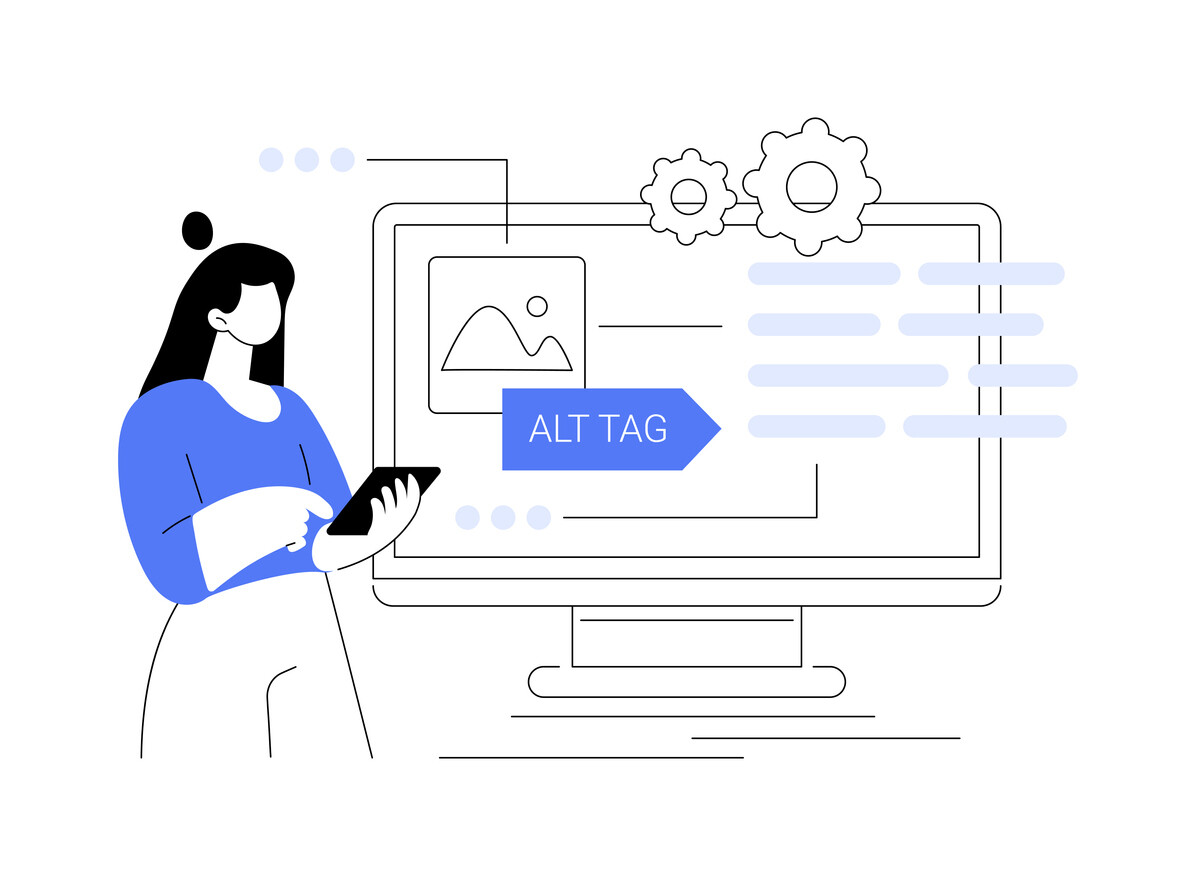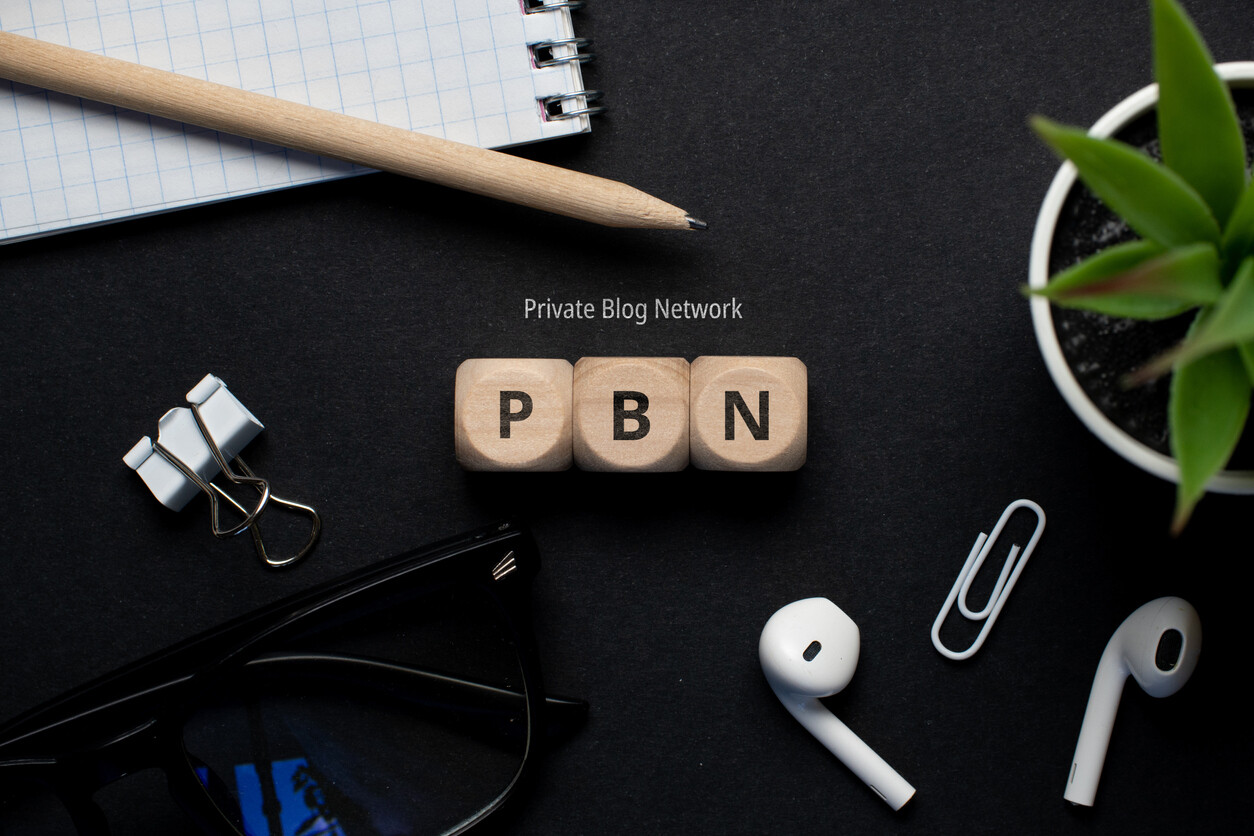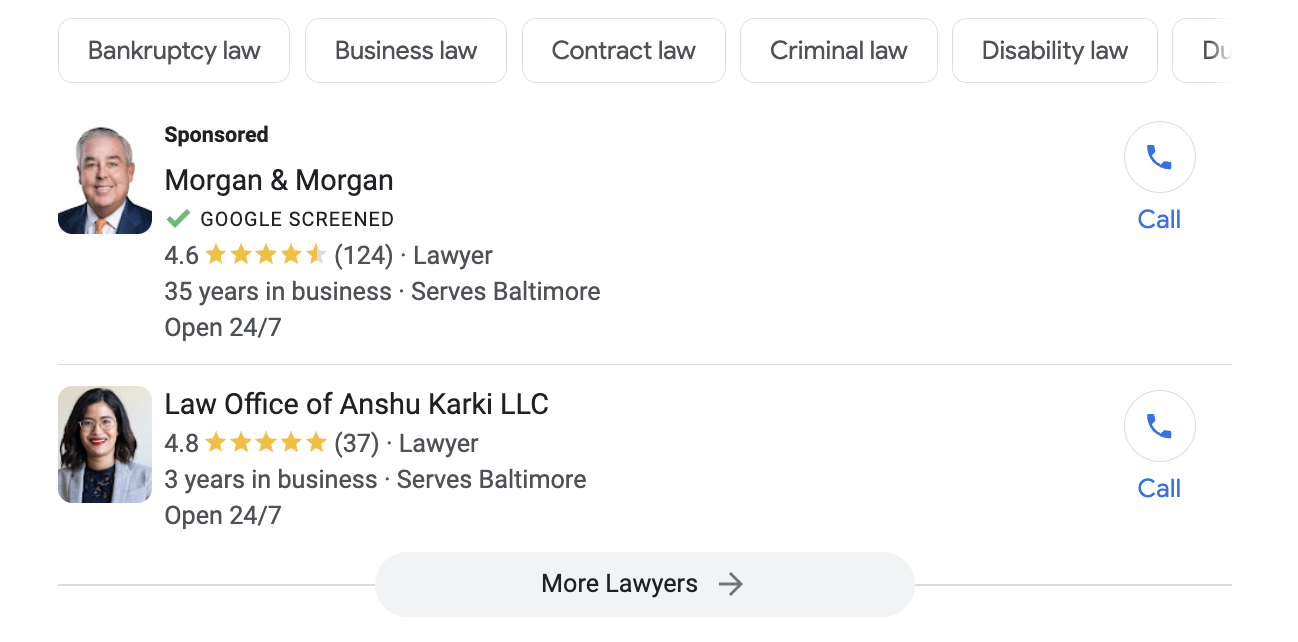SEO is a multi-layered process that blends the structuring of data with providing information to searchers. At a baseline, the concept is very simple. Find what people are searching for and answer their questions with original, well-formed content.
If you do this, you will succeed at SEO every time. Unfortunately, although the process is simple, the execution is not easy. Analyzing search data, doing original research, and writing great content are time-consuming and difficult tasks.
For this reason, people tend to look for shortcuts. Looking for shortcuts isn’t necessarily a negative thing, many of the greatest advancements in human history were caused by people looking for a faster and easier way to do something.
However, when the shortcuts you take are dead ends and boobytraps, you end up wasting time and money. In this article, I will cover the most common mistakes people make around SEO, dubbed
“The 11 Deadly Sins of Search Engine Optimization”.

1. Not Having an SSL Certificate Installed
SSL certificates are what allow websites to change from http to https, which provides more security for users. This helps keep user data secure, verify ownership of the website, prevent attackers from creating a fake version of the site, and build user trust.
You may not realize it but your website collects a lot of data from users, even if it’s as simple as their email address and name, that information must be protected. For these reasons, Google has determined that having an SSL certificate is a ranking factor, as it immediately filters out less legitimate websites.
If you do not currently have an SSL certificate installed on your site, you could be missing out on traffic and leads from potential customers. Stop reading now and secure an SSL certificate for your site immediately.
2. Your Website Is Not Mobile Friendly
According to research from Exploding Topics, over 60% of all web traffic comes from a mobile browser. The logical extension is that eventually, your site’s rankings will be entirely determined by mobile traffic to your site. If you have poor loading speeds, improper formatting, or any other UX/UI issues your site will begin to fall in ranking.
Tools like Page Speed Insights and the Google Mobile-Friendly Test are great ways to get a grasp on where your site stands. They will provide you with benchmark indicators and steps you should take to improve your site’s mobile usability.
At the end of the day, if you are publishing content on a site that isn’t optimized for mobile traffic, you’re wasting time and money.

3. Image Alt Tags Missing
Although ALT tags may seem unimportant they play an important role in SEO and are regarded as a ranking factor. Alt tags serve the function of providing crawlers with information on the images in your article. The absence of them means that search engines will be unable to determine what your pictures are, leading to you losing the advantage of ranking in Google Images. Additionally, ALT tags provide users with poor connections or outdated browsers the ability to understand what your content is about, without needing to see the image.
4. Thin Website Content
On some pages having thin website content is ok. A landing page, for example, is rarely attempting to rank in organic search results, so having a lower amount of content is fine. However, any page that you wish to rank in organic search results must at least match the content depth of the articles around it.
If you have a blog post targeting the keyword “Facebook ads for lawyers” with a content length of 500 words and all of your competitors have at least 1,000, it is unlikely that you would be able to rank for that keyword. However, this does not mean that you should add unnecessary fluff to your articles in an effort to rank, that won’t work either.
You must fill your articles with original, well-structured content that provides value to the reader. If this isn’t being done the number of words on the page will not matter.
It also must be noted that longer content does not equal better content. Even if you are writing great articles, a competitor may be able to beat you out because they answered the user’s question more efficiently.
You must think about the user intent of the search term. If the user is looking for a quick answer to a simple question, 100-200 words may do the trick, in other cases, longer content is required.
Remember, the content length is dependent on the query. Some require lots of writing, others require simple and fast answers.

5. Using PBNs
PBN or “Private Blog Networks” are a black hat SEO tool for building backlinks. In short, the PBN is a collection of sites that will create hundreds of backlinks to your site. In theory, this should trick Google into thinking you are a reputable website.
In the early days of Google, PBNs were extremely popular, as you could massively increase search traffic overnight. But, as Google caught on, PBNs became riskier and riskier to use.
Those who choose to engage in using PBNs may see an initial increase in traffic but are walking a tightrope between traffic and receiving a penalty from Google.
Some SEOs claim that PBNs represent the same risk as any other backlink-building strategy as to do so is a violation of Google’s Webmaster guidelines. However, this overlooks the fact that it is much easier to determine that a site is using PBNs when compared to linking tactics like guest posting or buying backlinks.
In our opinion, using PBNs is one of the most reckless and potentially harmful methods of building backlinks. Additionally, Google has recently said that backlinks will become less important as a ranking factor in the future. So, there really is no reason to attempt to use a PBN.

6. Not Doing Keyword Research
The most common issue in SEO has nothing to do with the technicals. It boils down to people not performing keyword research before writing content.
You could write the most out-of-this-world, original, fantastic content, but if no one is searching for what you’re writing, no one will see it. As a content creator, it is important that you produce material that people are actively searching for. By doing this you are providing value to the searchers and will be rewarded with high rankings and plenty of traffic.
Even for something as simple as service pages keyword research is integral. For example, you may form a page targeting “SEO Services for lawyers” while not realizing that the keyword “SEO for family law” has more search volume and is easier to rank for. However, this isn’t your fault. You simply have not been provided with the tools to do the job.
There are free tools like Answer the Public that can help you come up with topics to write about, but unless you are using a platform like Semrush or Ahrefs you may as well be trying to rank with a blindfold around your eyes. If you are serious about improving your website’s ranking and bringing new traffic to your site, a keyword research tool is absolutely necessary.
7. No Internal Linking
Internal linking is often overlooked as an SEO tactic. Internal links are links from one page on your website to another. These links allow both users and search crawlers to navigate your website and discover new content. Additionally, the more internal links a page receives the greater perceived importance that page will have. Along with descriptive anchor text, (what the hyperlink content says) which provides Google context on what the page is about. It has been established that internal links are a ranking factor, and having them on your site is imperative.
So, how many internal links you should have? One source claims “If you do end up with 10 internal links, it should be OK, but you need to be aware that too many internal links to non-relevant pages could dilute the link value.”. This is interesting because it asserts that the relevance of the interlinked page plays a role in dictating the value of future internal links. Meaning we should be careful before deciding to add links, we should stop and think “does this link provide value to the user or crawler?”. If the answer is that you simply need more internal links, it’s probably not in your best interest.
Still, the answer of how many backlinks goes unanswered. Another source says “For most websites, and for most pages on those websites, the optimum number of links that point back to your content should be around 20.” But stipulates that “this number will get slightly smaller or larger depending on the size of your site.” Another different vague answer to the question.
The only point I could actually determine was that, according to Google, 100 is too many.
It appears that there is no “optimal” amount of internal links, but we must have a few. So just place them organically and in a way that helps users navigate your website.
8. Orphaned Pages
Orphaned pages are pages on your website that have no internal links pointing to them. This leads to two main issues.
1. Low ranking and low traffic. Since the orphaned page has no internal links, crawlers have a difficult time locating them and understanding the context of the page. Even if the page contains great content, with no internal links it’s dead in the water.
2. Crawl Budget. Search crawlers have a limited amount of storage for each site. So, if your site contains a bunch of orphaned pages, they may eat up your budget and miss out on indexing quality pages.
To learn how to find and remove orphaned pages from your site check out this article from Search Engine Journal
9. Not Compressing Images
This is a simple SEO item that often goes ignored. People will put together a blog post and slap a few images in there, not taking the time to think about what that does to the site. Each time a visitor opens your page, your site has to load those image files. Unnecessarily large image sizes and unoptimized formats will lead to delays in your content loading. Compressing images will speed up your page load times resulting in a better user experience and higher rankings. In fact, Google confirmed that page loading speed is a ranking factor. I use an online compression tool like Optimizilla to easily compress images in bulk. Additionally, you should make sure to use PNG or WEBP file types to ensure the least amount of strain on your site.
Page speed is becoming increasingly important and ways to optimize it are limited. One of the few things that you can actually do to make a difference is compressing your image files. So, take the time to ensure that you are doing things right, and you will be rewarded by the SEO gods.
10. Trying To Rank For Multiple Key Terms on One Page
Often times this happens on blog posts and service pages where the post will talk about multiple different subjects that should all be individual pages. It is almost impossible to intentionally rank for multiple keywords on a page unless they are extremely relevant. A good rule of thumb is to choose one main keyword for each page that shows up in the URL, H1, H2, and the content of the page. Ignoring this confuses search engines and makes it difficult for them to understand what your page is about.

11. Only Using AI Writers
This is the biggest mistake you can make when trying to improve your SEO. As stated earlier in the article, the only surefire way to rank and build traffic is to write high-quality, original content that provides value to the reader. Ai writers cannot do this, they can simply regurgitate and reformat information that already exists. Additionally, AI-generated content is regarded as against the Google Webmaster rules. This means that relying on this strategy could lead to a decrease in traffic and ultimately a penalty against your site.
This is not to say that using AI tools should be completely done away with. Oftentimes AI generated content can help you build more robust pages and fill gaps in your content where they may exist. It is to say, however, that the content you create should be mostly human-written.
You may see people talk about the increases in traffic they have achieved by publishing AI content at scale, but keep in mind that these jumps in traffic are usually short-lived. In sites that utilize this strategy, we often see an initial bump in traffic and then a flat line of visitors.
Conclusion
SEO doesn’t have to be complicated. By following these basic guidelines you should be able to beat out 90% of the competition. If you’re interested in beating that last 10%, please reach out to us to schedule a free consultation




